Nonlinear Labs C15 Receives Significant Firmware Update, Doubles Its Polyphony
Polyphonic Aftertouch via MIDI too!

Stephan Schmitt’s incredible C15 synthesizer gets an impressive update that doubles its polyphony or sample rate, responds to PolyAT over MIDI and more!
[January 22nd, 2025] The Nonlinear Labs C15 has firmly but quietly established itself as a truly unique and powerful instrument. Now it has been given a significant feature boost via the latest firmware that is now available to download and install.
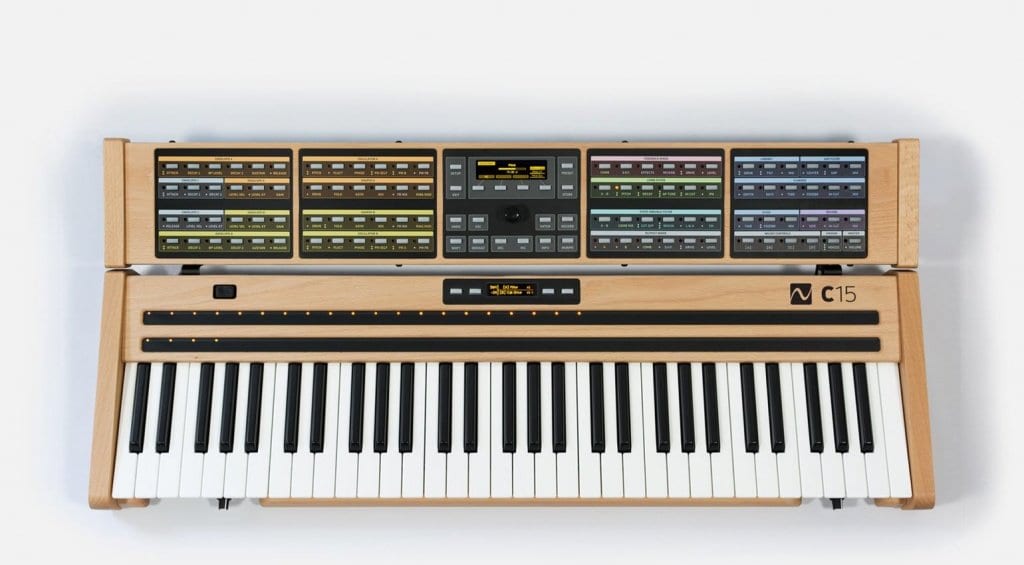
Double Polyphony or Double Sample Rate
The headline update is to the polyphony, with it being doubled to 48 voices. This helps with the creation of rich, layered sounds as well as reducing the chances of voice stealing. But if 24 voices are fine for you, you can keep that setting and double the sample rate of the sound engine instead, using 96kHz, delivery pristine sound quality and reducing any aliasing.
Polyphonic Aftertouch via MIDI
Polyphonic aftertouch response has been added to the modulation architecture, so users can now get even more expressive by hooking up a PolyAT keyboard via MIDI. The C15 was no slouch in the expression department and now it goes even further.
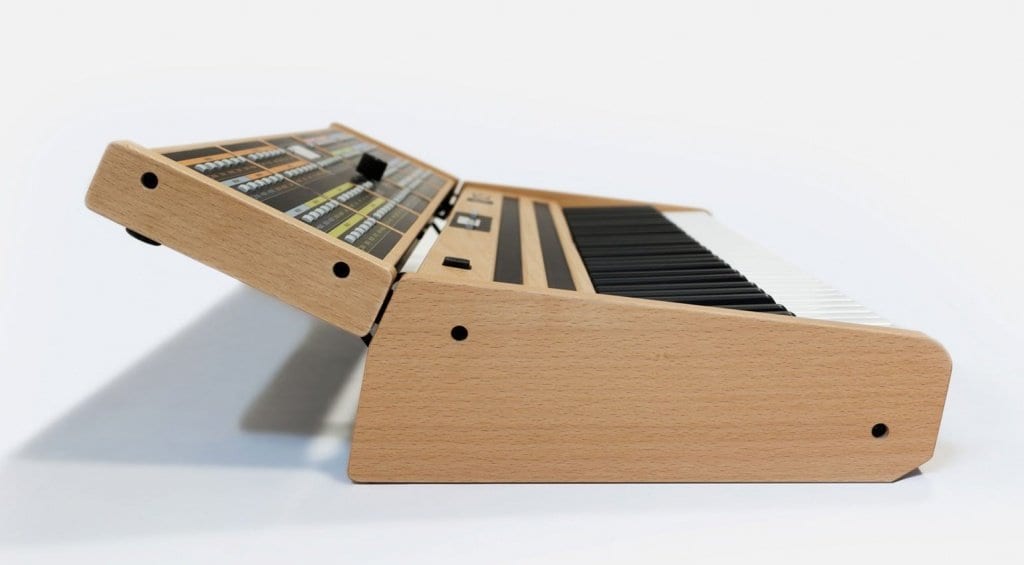
More Improvements
Other additional features include global pitch bend and aftertouch modes, sustain and sostenuto modes for pedals, preset selection by footswitch, an improved recorder that can store up to 500MB of FLAC audio and a range of usability improvements.
The firmware is available to download right now from the Nonlinear Labs website.
C15
[March 17th, 2017] It’s a lovely looking thing. The wood, the keybed, the alarming number of buttons. The design is exquisite. The top panel is removable and only houses the control and editing aspects so that the keyboard can still be played without it attached. The base unit contains all the computer circuitry that generates the sound. It also has two ribbon controllers, pitch bend and ports for up to 4 expression pedals. It’s very much designed to be played as an instrument.
Synthesis
The sound generation is relatively simple, starting with two oscillators, two sine waves. But they are linked together and manipulated in interesting ways. They are connected to each other and to a feedback bus, processed by two wave-shapers, two filters and a chain of effects. Two mixers pull in the signal at different points to further feed the feedback creating very organic textures. A comb filter acts as a tuned resonator to bring in an acoustic feel. They were looking for uniqueness and infinite variation rather than the modelling of either analogue electronics or real instruments.
Play
The keyboard, provided by Fatar, uses a precision of thousands of steps to generate nuanced velocity information. There’s no 7-bit MIDI control here, oh no. There are 8 expression controls available: aftertouch and pitchbend, along with the two ribbons and four pedals. Each ribbon includes 33 LEDs showing control position and can be used in performance or parameter editing.
So Many Buttons
The idea behind the panel was to create a large area of haptic controls where the buttons are learnt, very much like another instrument. It’s an interesting idea, although I’m not entirely sure how this works in reality. The buttons select various parameters and can be customised to be whatever you want. They even have magnetic overlays to relabel the buttons – which seems a little unnecessary. The central OLED display keeps you updated on what’s going on. You can also access the synthesis engine via a software editor which Non Linear felt was really groundbreaking. However, it’s been so long in development that it’s been overtaken by synthesizers such as the Behringer DeepMind 12 with its iPad and Hololens editing capabilities.
It’s a beautifully made instrument that’s spent a long time in development and for a while I wasn’t sure it would ever emerge. In some ways it’s the antithesis of the DeepMind 12. Something that’s not afraid to take its time, that puts value in the physicality of the instrument, the materials and craftmanship. It has a suitably un-Behringer price tag as well. You’ll need €4000 to pre-order the C15 and you can expect delivery around the end of May.
There was a performance and demonstration at Superbooth last year (below). There’s now some more recent videos and sound examples on the Nonlinear Labs website which are definitely worth checking out in order to get a feel for what the C15 can do. It’s a bit of a dull name but you’ll find more detail on the C15 on the Nonlinear Labs website.
2 responses to “Nonlinear Labs C15 Receives Significant Firmware Update, Doubles Its Polyphony”


 4,0 / 5,0 |
4,0 / 5,0 | 
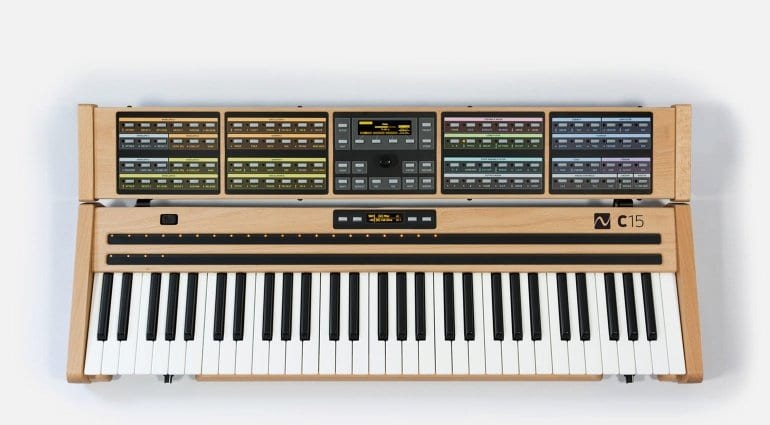
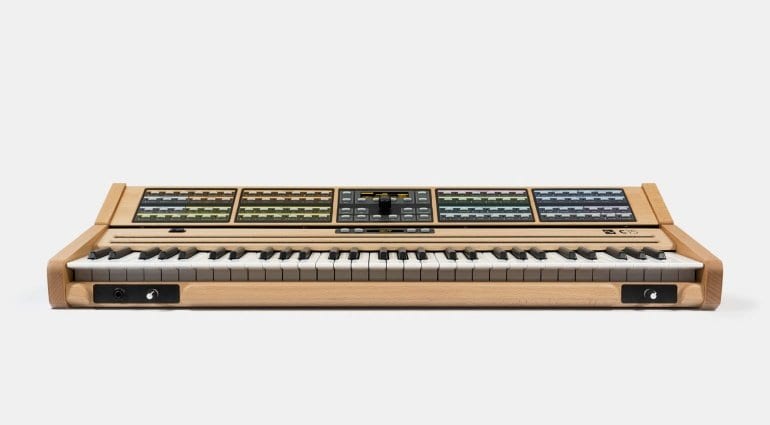
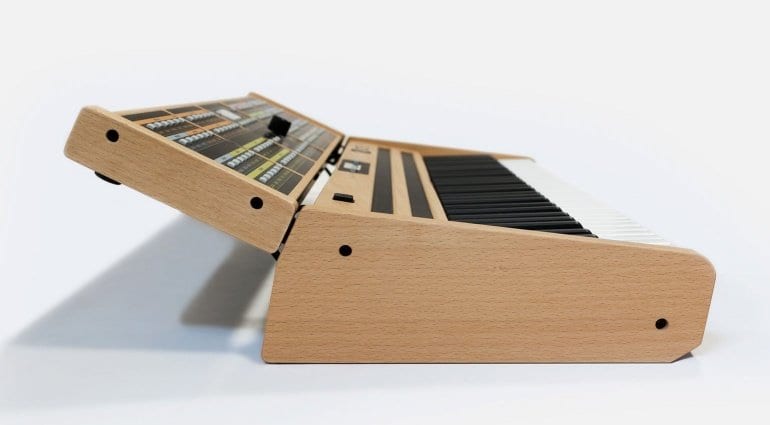




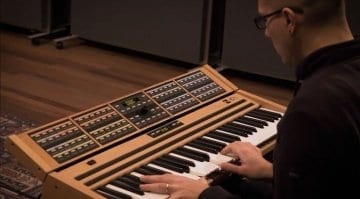

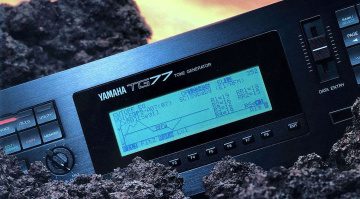
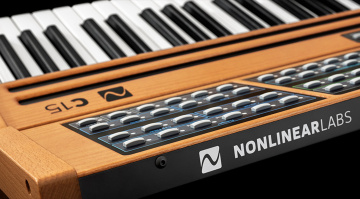
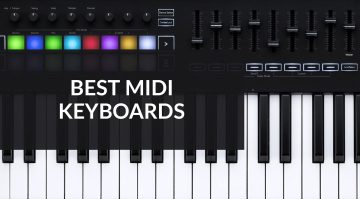
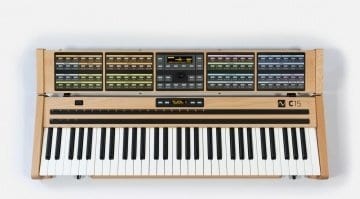
Beautiful sounding synth, nice design, but it also so “pure” that it doesn’t even have MIDI…
Throughout the years I have started to appreciate user experience & immediacey as a key factor as well. Before buying an instrument I go through manuals too now and can often get a feel if this instrument is for me or not. This one feels & looks complex, I don’t get the architecture fully either, probably a sound designers dream but I already have the john bowen for that.